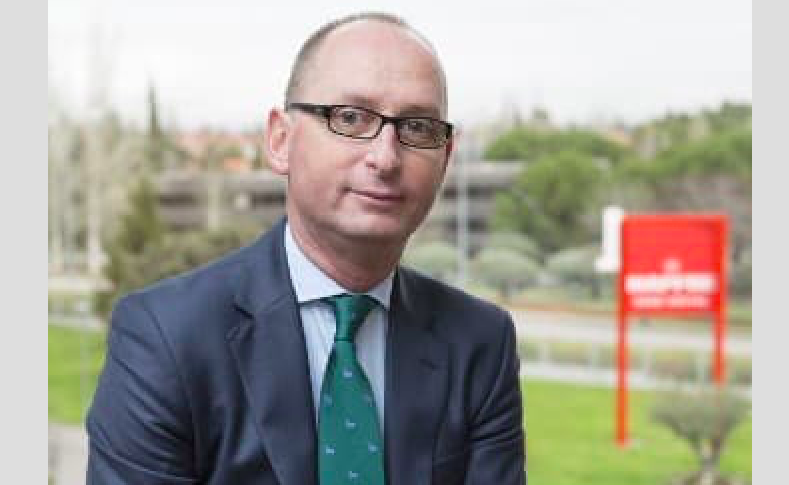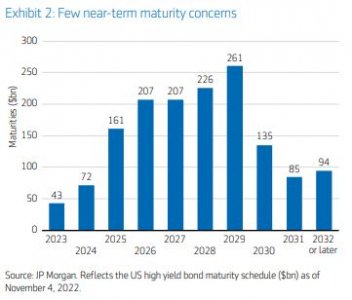The Transfer of Family Businesses Can Vary by Millions of Dollars Depending on Location
| For Marcelo Soba | 0 Comentarios

For many business families, sustaining prosperity for the long run depends on how well they plan for transfers of business assets and family wealth from one generation to the next, according to the KPMG Private Enterprise Global Family Business Tax Monitor. The report advises business families with footprints in multiple jurisdictions to monitor potential new or increased taxes and consider taking action in advance.
The report has been a go-to source for family business tax planning for almost a decade, comparing the vastly different tax liabilities among jurisdictions on the transfer of family business through gifting during the owners’ lifetime (including on retirement) and through inheritance.
Among the 57 jurisdictions covered in the report, some have geared their tax policies in ways that recognize how a thriving family business sector contributes to a vibrant economy. Others give no special tax exemptions for intergenerational family business transfers, increasing tax costs and likely reducing the family’s ability to compete with business families in more tax-friendly jurisdictions.
“Location can make a world of difference! Tax-efficient transfers between generations can leave wealth in the hands of entrepreneurial families to invest in profit-producing activities — and that can help stimulate job creation and innovation for future generations,” says Tom McGuiness, Global Leader, Family Business, KPMG Private Enterprise, KPMG International
KPMG Private Enterprise’s report found that globally, South Korea, France, the US and the UK impose the highest tax rates for transfer of a family business valued at EUR10 million by inheritance, before any tax breaks are accounted for. After exemptions, South Africa takes the biggest bite from family business inheritances valued at EUR10 million, followed by Canada and Japan. For inheritances of family businesses over EUR100 million, the most expensive taxing jurisdiction is South Korea after exemptions, with South Africa and the US coming in second and third.
For transfers during the owner’s lifetime (gifts) of family businesses valued at EUR10 million, Venezuela imposes the highest taxes globally before exemptions, followed by Spain, South Korea and France. After exemptions, South Africa and Japan come second and third behind Venezuela as the jurisdictions imposing the highest tax costs on business transfers by gift. These comparisons are similar for family businesses valued at EUR100 million before and after exemptions.
Top priorities for today’s business families
The report also provides insights on what business families consider their biggest priorities and risks and calls attention to three emerging trends — branching out, building up and giving back. The trends crucially reveal an increase in business families and their assets becoming more global, a rise in the importance of governance and a renewed focus on the management of family wealth and the notion of giving back with philanthropic activities commanding more time.
“Amid rising geopolitical tension and unparalleled economic uncertainty, the leading business families that we work with are diversifying globally and putting more focus on the sustainability of their businesses, their wealth and their communities,” says Tom McGuiness, Global Leader, Family Business, KPMG Private Enterprise, KPMG International. “By doing so, they can position their families for sustainable success down the generations. As a result, we are seeing more business families around the world that are focused on branching out, building up and giving back.”
To download the full report, please click on the following link.











